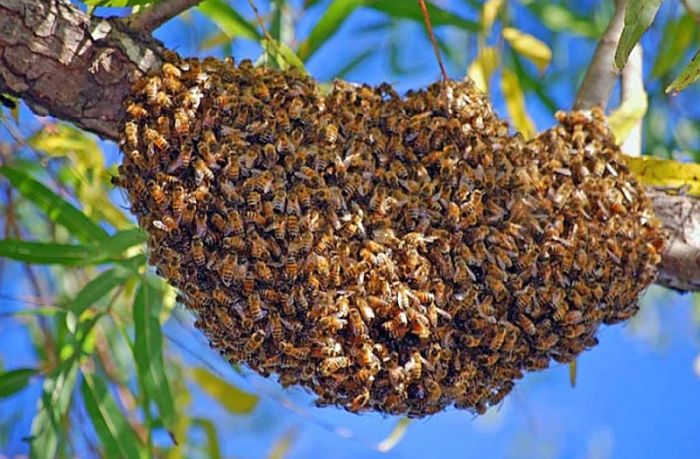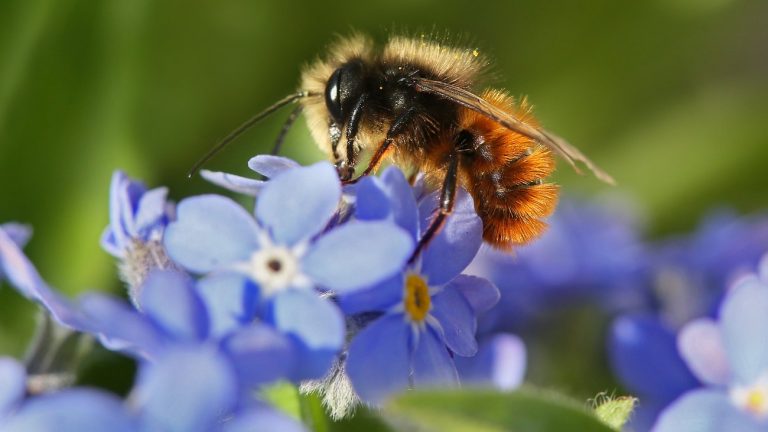
It has been widely known for some time that queen bees make use of acoustical signals for communication amongst themselves. Now researchers have discovered an assortment of behavioural cues and other social signals that goes on within the waxy walls.
Scientists learnt the new ways of their communication after they placed accelerometers in the hives.
What is an accelerometer?
Accelerometer or the micro-electro-mechanical systems (MEMS) is an electromechanical device that picks up and analyses the vibrations of a structure. And this case, structure or the subject is the bee vocalizations.

The device, MEMS, is not used for the first time to study honey bee. Couple of years back, a similar research by Acoustical Society of America was carried out where accelerometer was placed inside the hive.
Accelerometer analyses swarming
Generally, during the process of swarming, the main (single) colony splits up into two or more distinct colonies. The time span is usually within a two- or three-week period. Sometimes, swarm occurs in chain till the time, the hive is completely depleted of workers.
Another similar phenomenon to swarming is cast swarms. The differences are:
1 – cast swarms are generally smaller in size and
II- the process is accompanied by a virgin queen

The “when” of swarming has always been a difficult task for researchers. A phenomenon that has remained elusive. However, with the new research, scientists envision predicting the swarming process to be up to 90 percent accurate.
Accelerometers within the waxy walls
The research was carried out in several different locations in France. Nearly twenty-five hives were embedded with micro-electro-mechanical systems (MEMS) accelerometers.
First, data in form of vibrations was collected via MEMS. This data was fed to a machine-learning algorithm that had been programmed to identify honeybee sound patterns.
Initially it was thought that the piping, tooting and quacking sounds are meant for other queens. However, this notion has been rebutted by the current research. As per the new study, these sounds were especially directed towards the worker bees.
Preserving biodiversity
Queen bees generally make quacking sound to alert the worker bees. It is a signal for them to leave the current hive in order to look for a new nest/hive. Once the queen is out of the hive, it marches around the hive – with tooting sounds – indicating worker bees to move out as well.

Eventually, half of the bee population moves out and engage in swarming. This process of finding and creating new hive takes nearly two weeks.
Researchers postulate that by tracking the “quacks and toots”, they can predict the time when a swarm would initiate correctly. This would be the major step towards preservation and conservation of honey bees. After all, bees help in preserving biodiversity as they carry forward the most important service that is, ‘pollination’.
Plant species totally rely on bee pollination without which natural ecosystem cannot flourish.
Via: Bob Yirka, Phys.org



